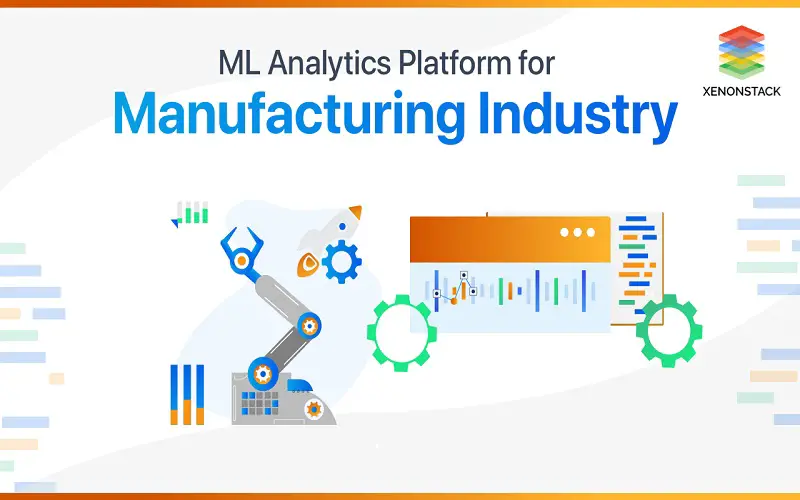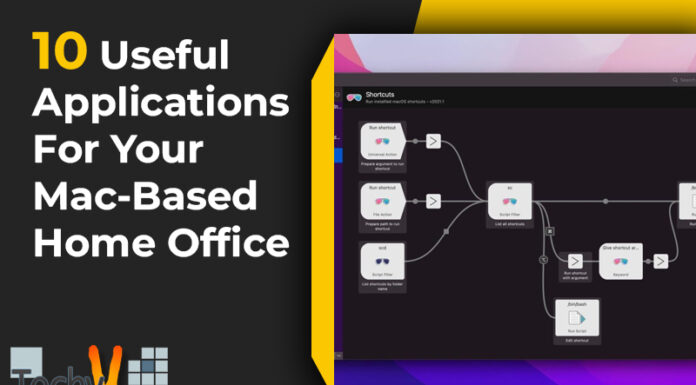What exactly is data? Well, Data refers to the collection of facts, figures, and statistics. Data can be classified into different types, such as numerical data, categorical data, text data, and many more. Data science is a combined study for business purposes where we extract meaningful insights into different topics. It combines principles and practices of subjects like maths, scientific computing, computer engineering, and algorithms to extract knowledge. Today, we use data science in our everyday lives without even realizing its importance in our lives; from Siri to Alexa and even to self-operating cars, we are surrounded by data science applications.
1. Fraud Detection
Fraud detection refers to identifying fraudulent transactions and preventing such activities within an organization or system. Specialized analysis techniques detect databases, stats, facts, etc. The knowledge of machine learning is the prerequisite for fraud detection. Fraud detection includes statistical parameter calculation, regression analysis, probability distribution and models, and data matching. Statistical data analysis is used for fraud detection, fraud validation, and fraud data collection.

2. Risk Assessment
Risk assessment refers to the determining of possible mishaps, which involves a systematic process for identifying the potential hazards and their likely consequences. Risk assessment can be determined as evaluating potential risks and then implementing solutions for the same. It involves qualitative and quantitative analysis. Risk assessment can be done on an individual or personal level and on a business level as a professional for a system or an organization. Risk assessment involves the following steps: identifying hazards, followed by assessing the risks, identifying control measures, implementing control measures, and reviewing and updating the risk assessment.

3. Image Recognition
The process through which the computer can identify an object from an image or a video is known as image recognition. Image Recognition in itself is a sub-part of computer vision. Image recognition works on a set of particular pre-defined patterns through which it can distinguish between different objects through the other irregularities present. Image recognition is used in various aspects of our everyday lives, like security cameras, self-driving cars, medical imaging, retail, and many more. Some of the challenges in image recognition include variations in lighting, image resolution, image noise, and background clutter.
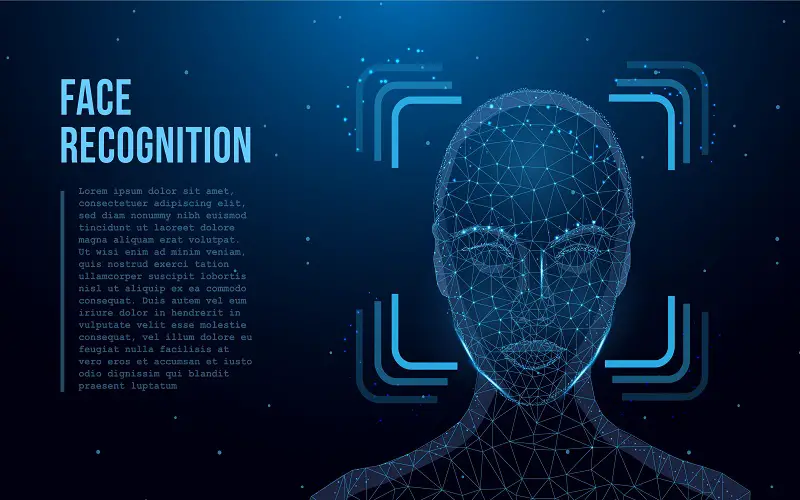
4. Targeted Advertising
When the advertisement is directed towards a particular audience based on specific traits of the product or person, it is known as targeted advertising. It also involves online advertising. These traits can be found in gender, consumer values, attitude, personality, lifestyle, etc. Some of the standard methods include demographic targeting, interest targeting, behavioral targeting, and retargeting. Targeted advertising helps to reach the target audience effectively. It helps in increasing brand awareness.

5. Healthcare
The very first priority of humans for survival is taking care of their health. Healthcare refers to the improvement of health by preventing diseases, diagnosis, treatment, and cure of diseases. Healthcare involves a high budget, and thus, not everyone can live a healthy lifestyle. Challenges for high-quality healthcare include access, quality, equity, rising costs, etc. Some methods for improving healthcare include providing policies for making healthcare affordable for most of the population.
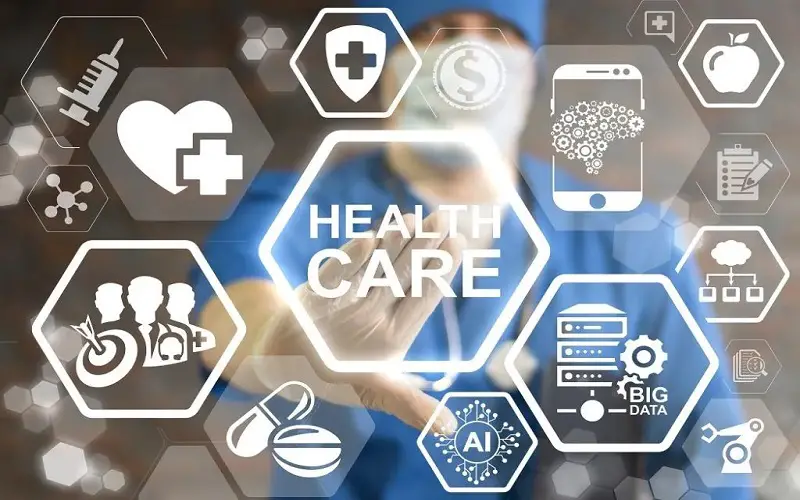
6. Finance
Finance refers to the study involving money and its assets. Economics (the study of the distribution of money) differs from finance, and both terms should not be confused. Terms involved in finance include money, currency, capital assets, investments, risks, and return. Different types of finance are personal finance, corporate finance, public finance, investment banking, commercial banking, and financial analysis.

7. E-Commerce
The method of buying and selling goods online is called E-Commerce (or electronic commerce), which provides the facility of electronic banking and cash on delivery, attracting consumers of both interests. E-commerce can be classified into three main types: Business-to-Consumer(B2C), Business-to-Business(B2B), and Consumer-to-consumer(C2C). Most E-Commerce sites have all-day-long availability, which adds to its list of advantages along with providing various options to choose from, price variations and reviews, and information on the different products. However, sometimes, lousy return policies and issues in returns and exchange have negative impacts on E-Commerce as well.

8. Transportations
Data analytics has transportation as one of its applications, where transport analytics is the term used for making transportation cost-effective at commercial and personal levels, thus making it cheaper and affordable. Transport analytics has helped in proper analysis of the routes beforehand, thus helping companies to reach their customers efficiently and making it possible for the world to connect. With appropriate research, transportation analysts can find the best-optimized routes, thus reducing traffic jams. Some methods of transportation analysis are data science, data collection, visualization, and decision-making.

9. Predictive Analysis
When we compare historical data to predict the future using a series of patterns and sequences by combining the knowledge of machine learning, artificial intelligence, and statistical data, it is known as predictive analysis. Predictive analysis has the following steps, namely: defining the problem, acquiring and organizing data, pre-processing data, developing predictive models, and deploying results. Predictive analysis is used in various industries like retail, finance, healthcare, manufacturing, and logistics. Predictive analysis helps in reducing risk and thus increases efficiency.
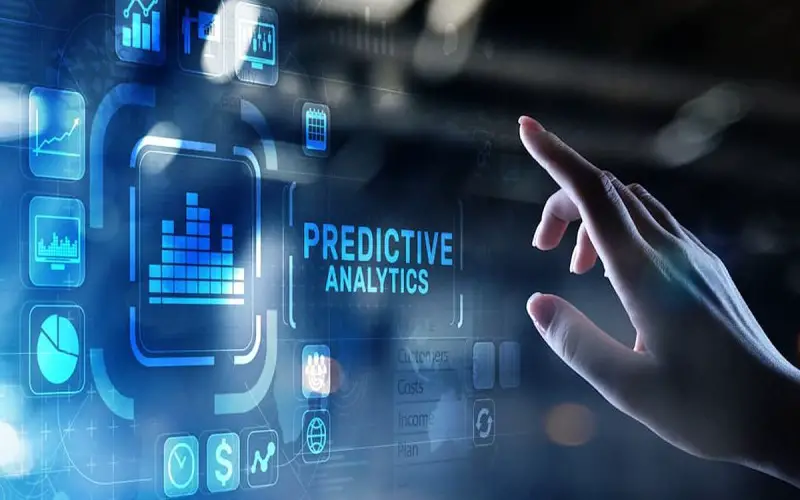
10. Manufacturing Analysis
Using data science for manufacturing refers to collecting and analyzing data to increase the efficiency of the produced goods. Manufacturing analysis includes quality control, reliability analysis, cost analysis, time study, and yield analysis. Manufacturing analysis helps in increasing productivity and thus increases the overall profit. Some challenges associated with manufacturing analysis include the interpretation of results and implementation of recommendations.
